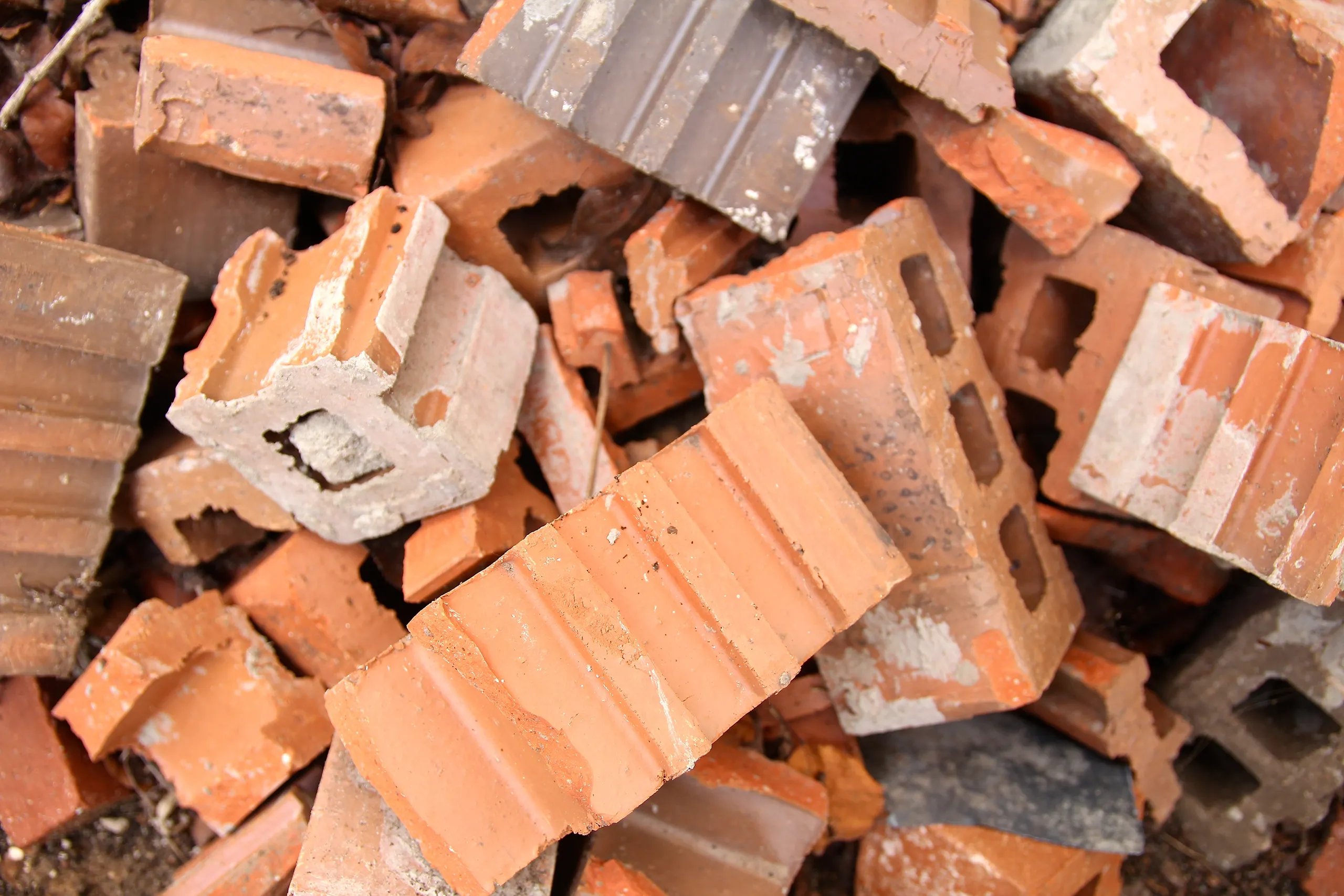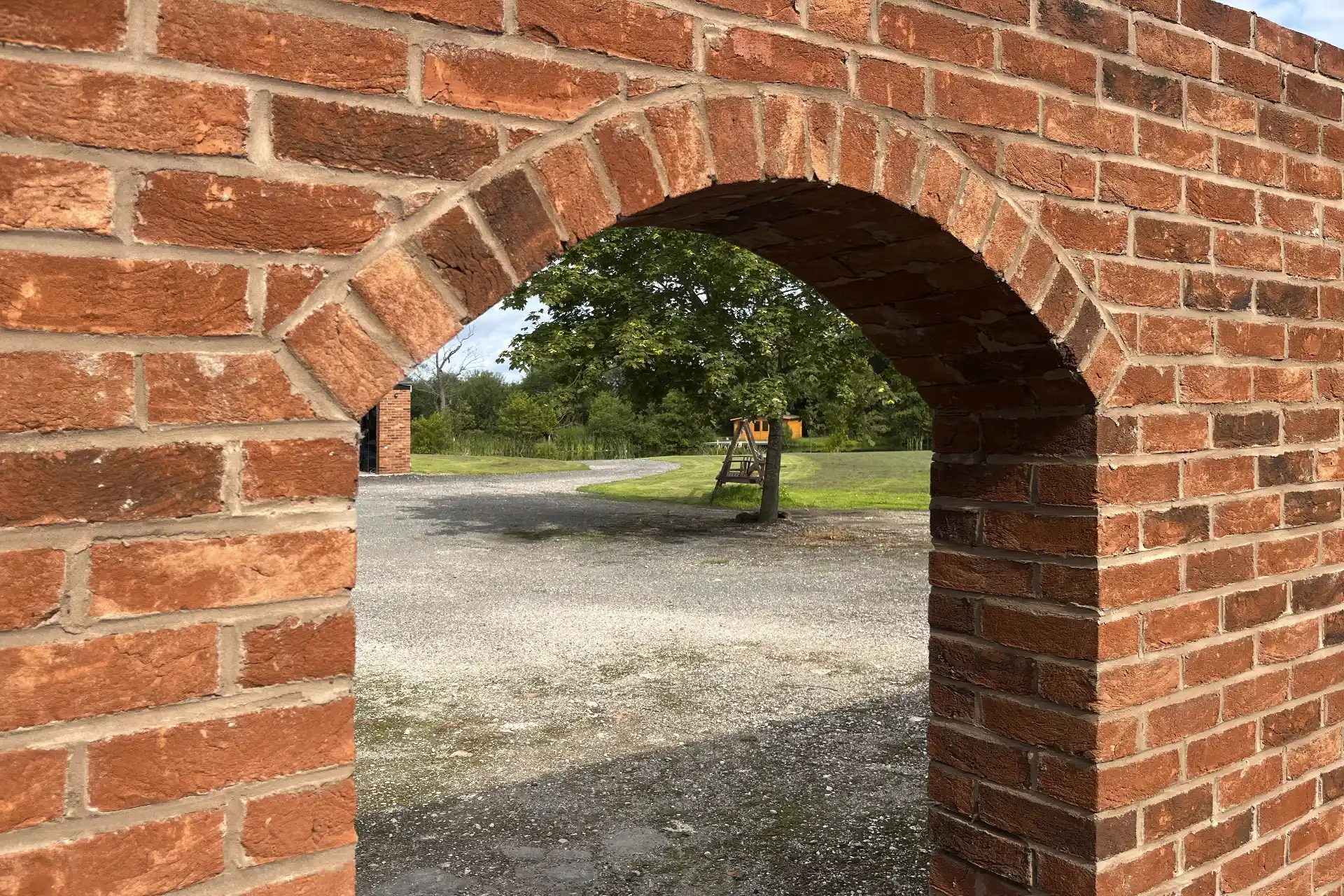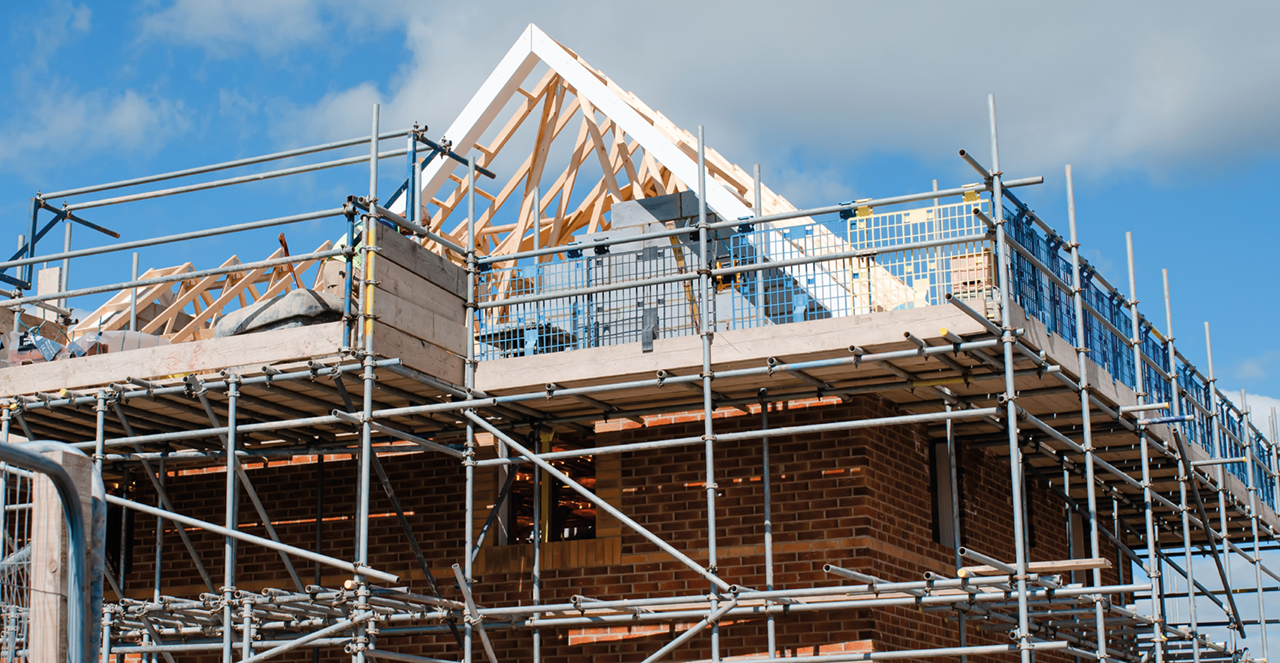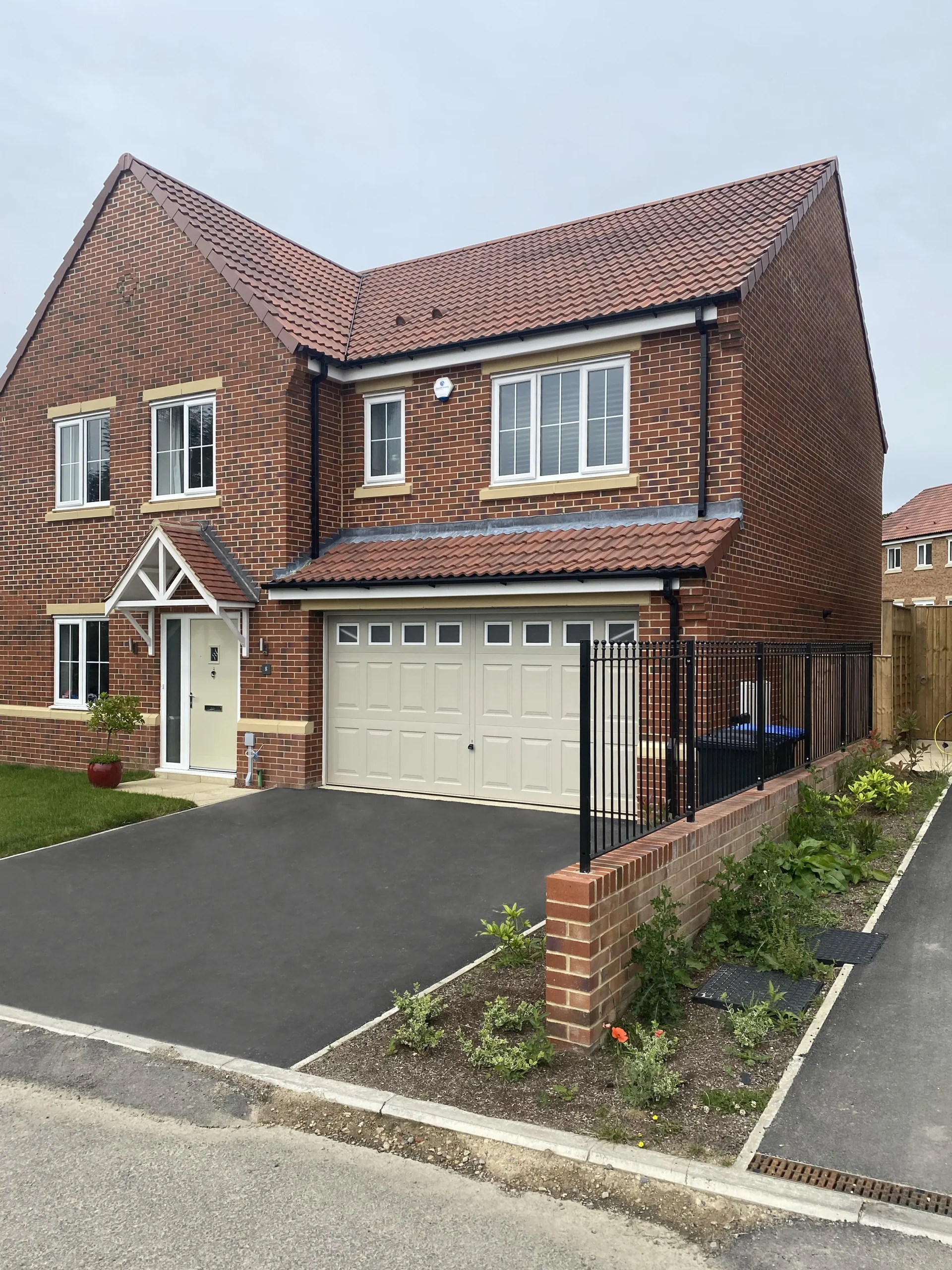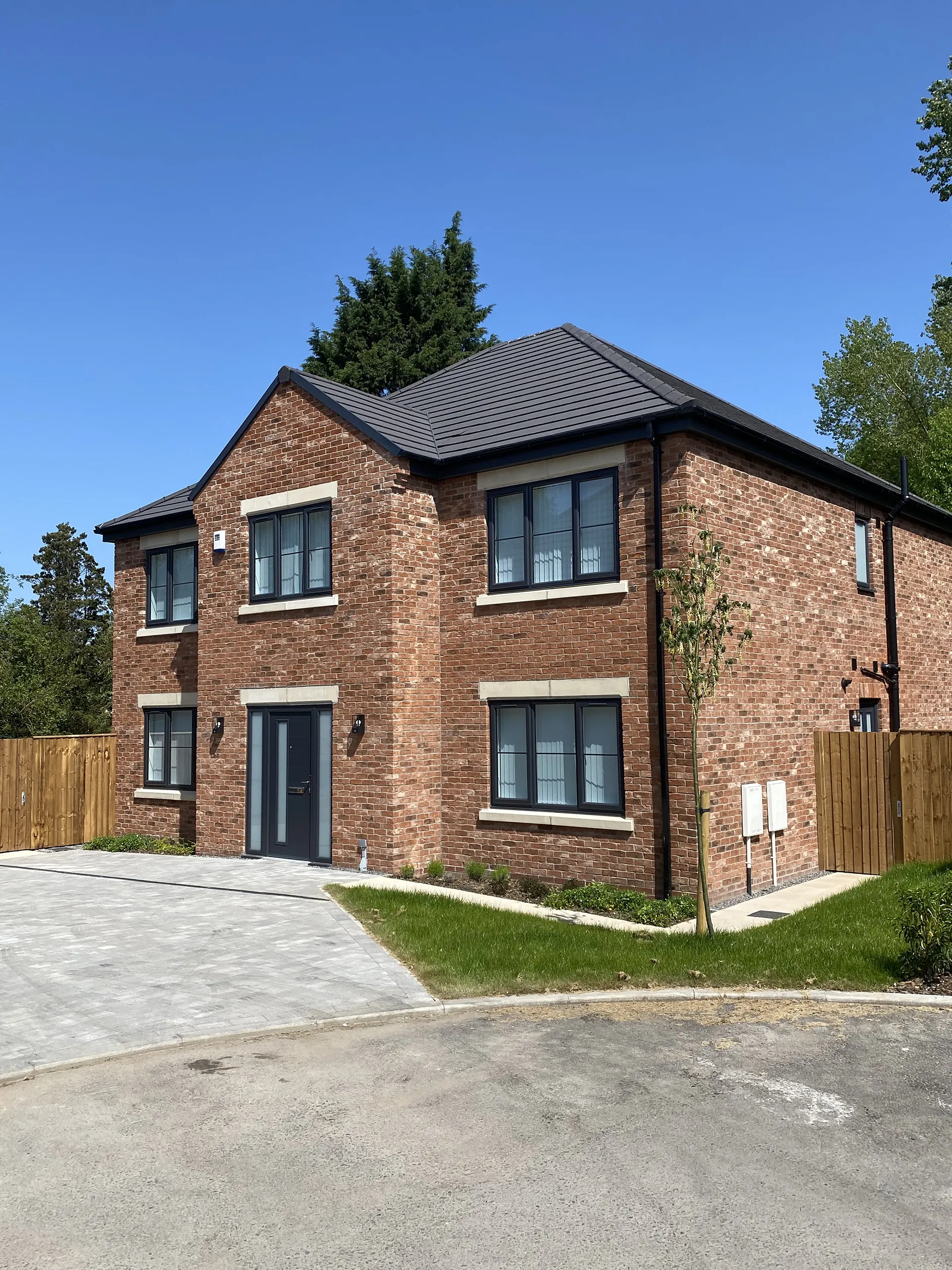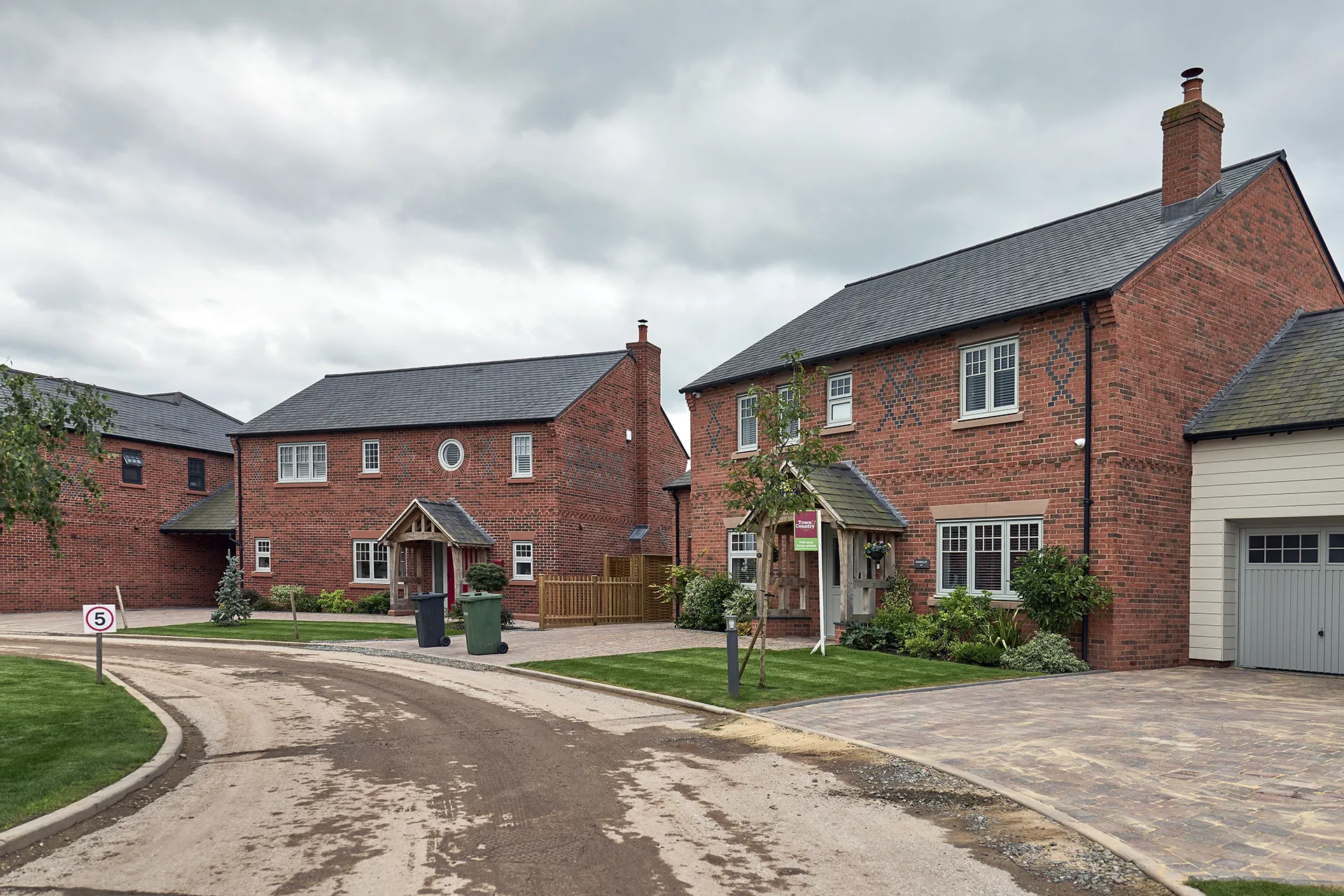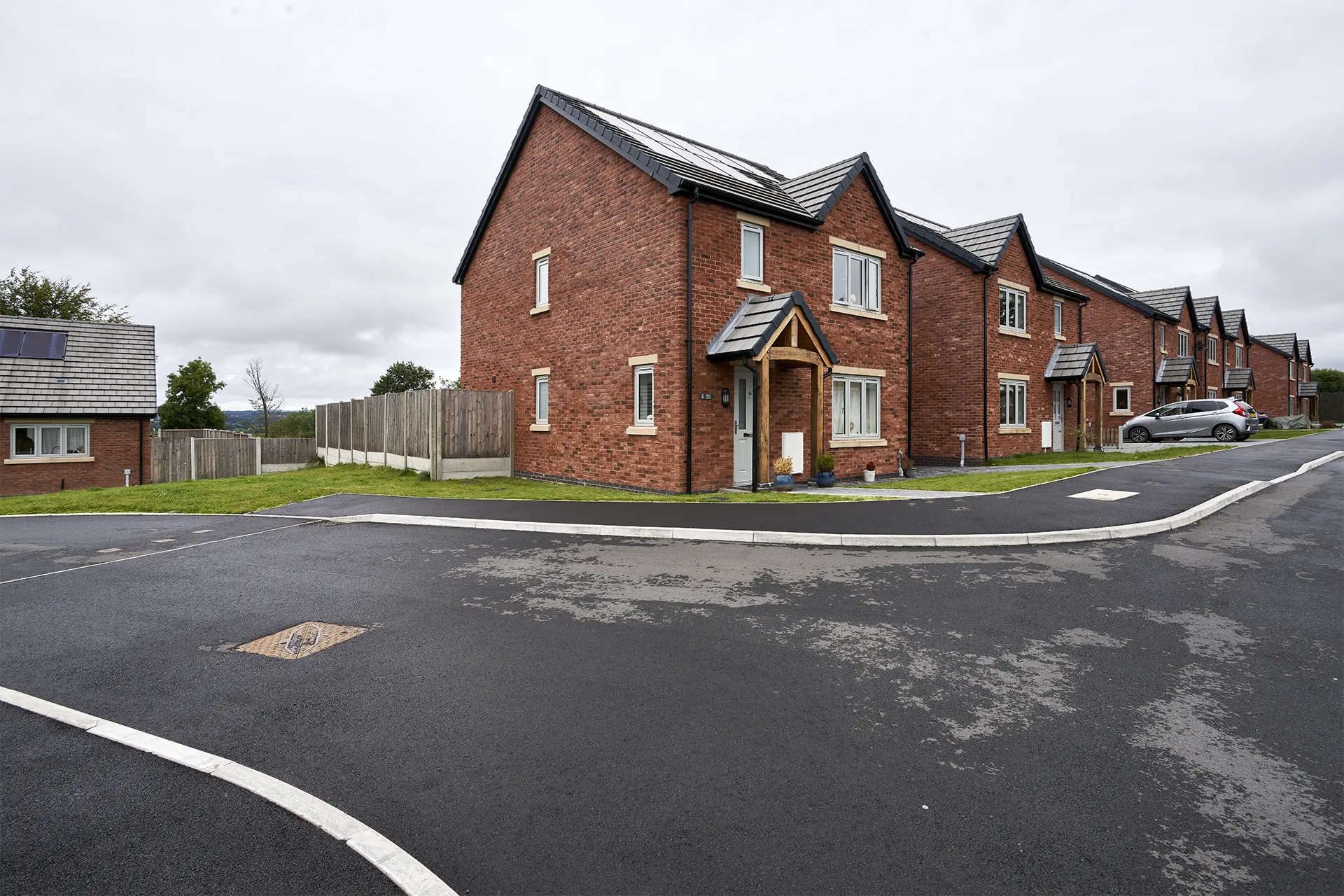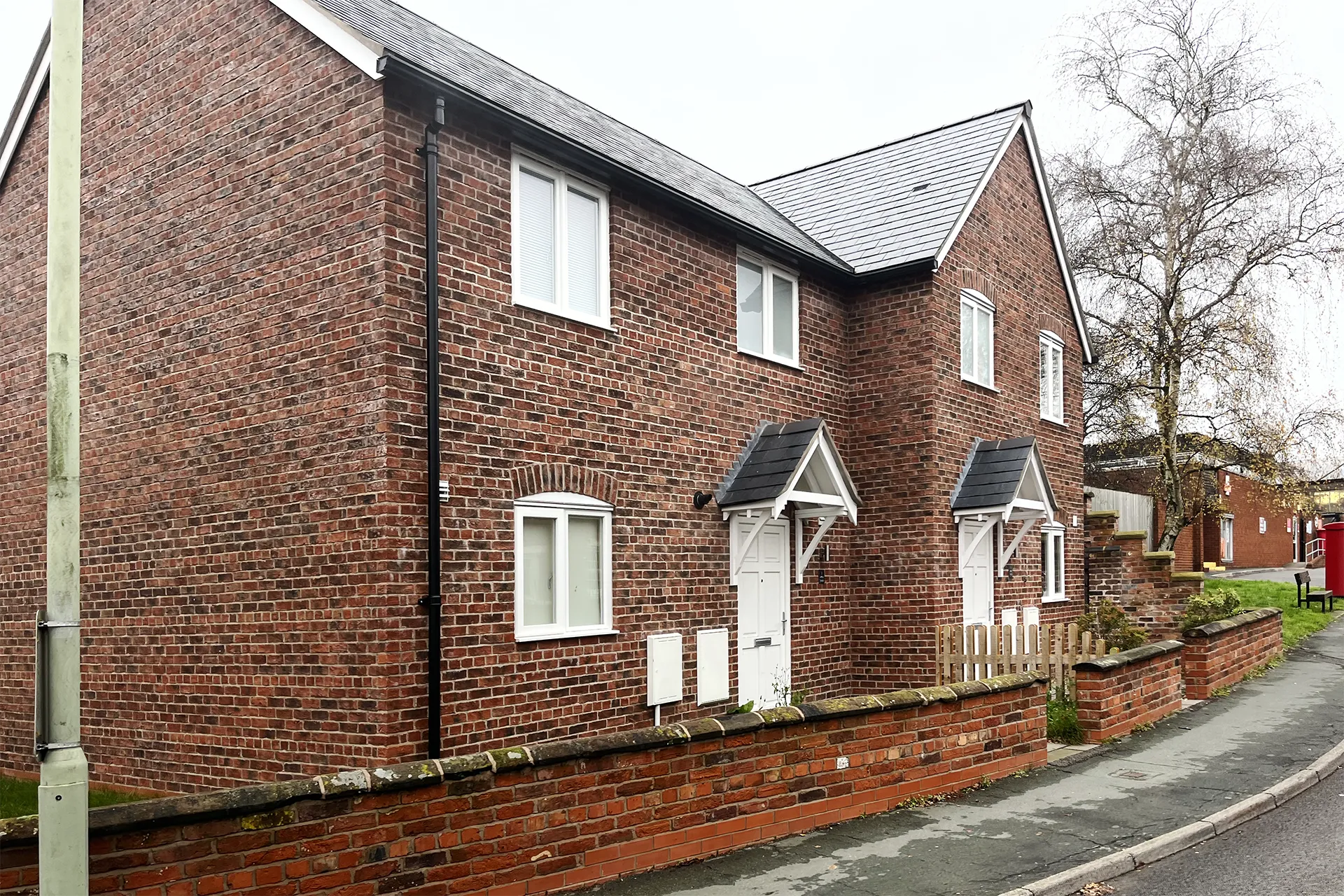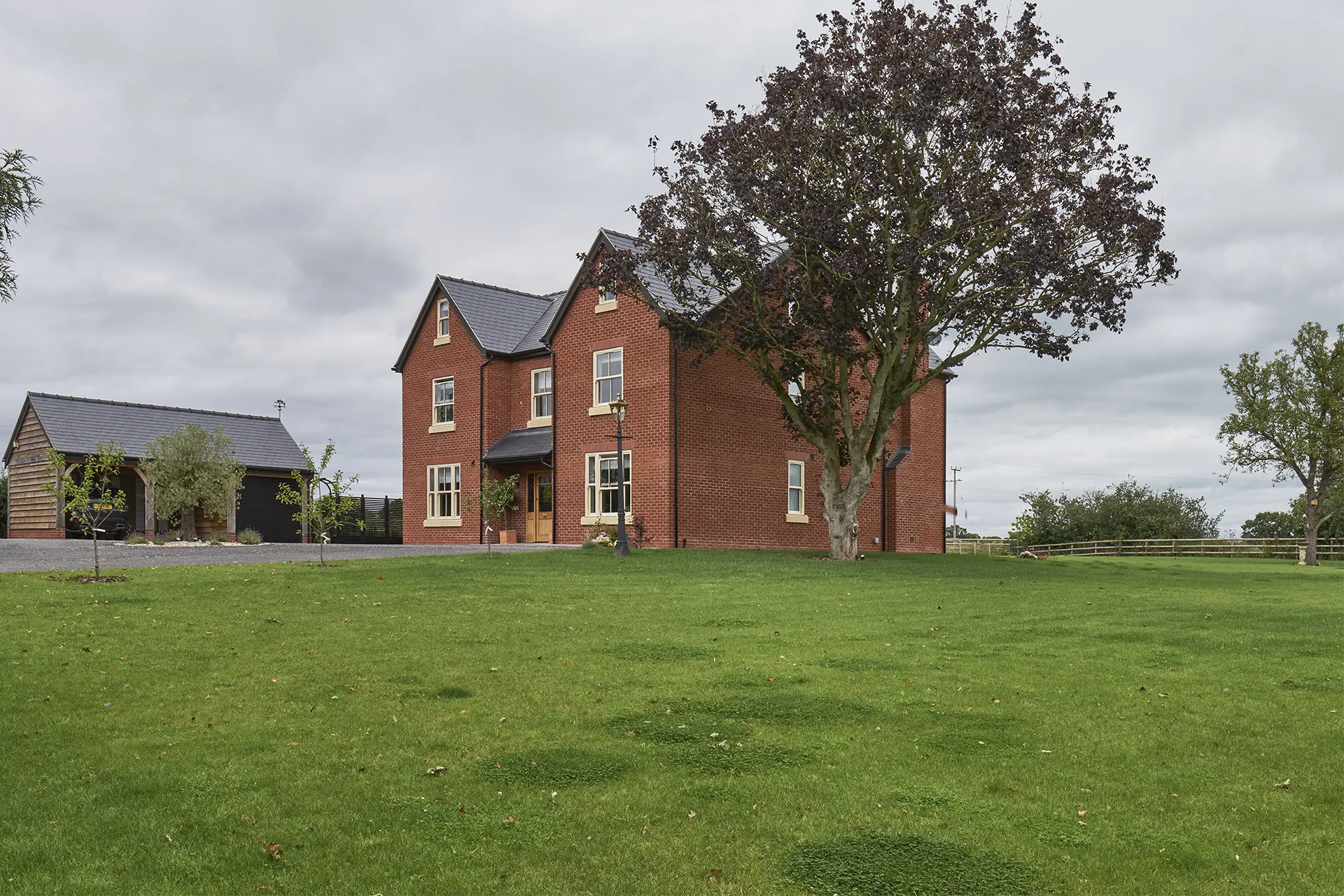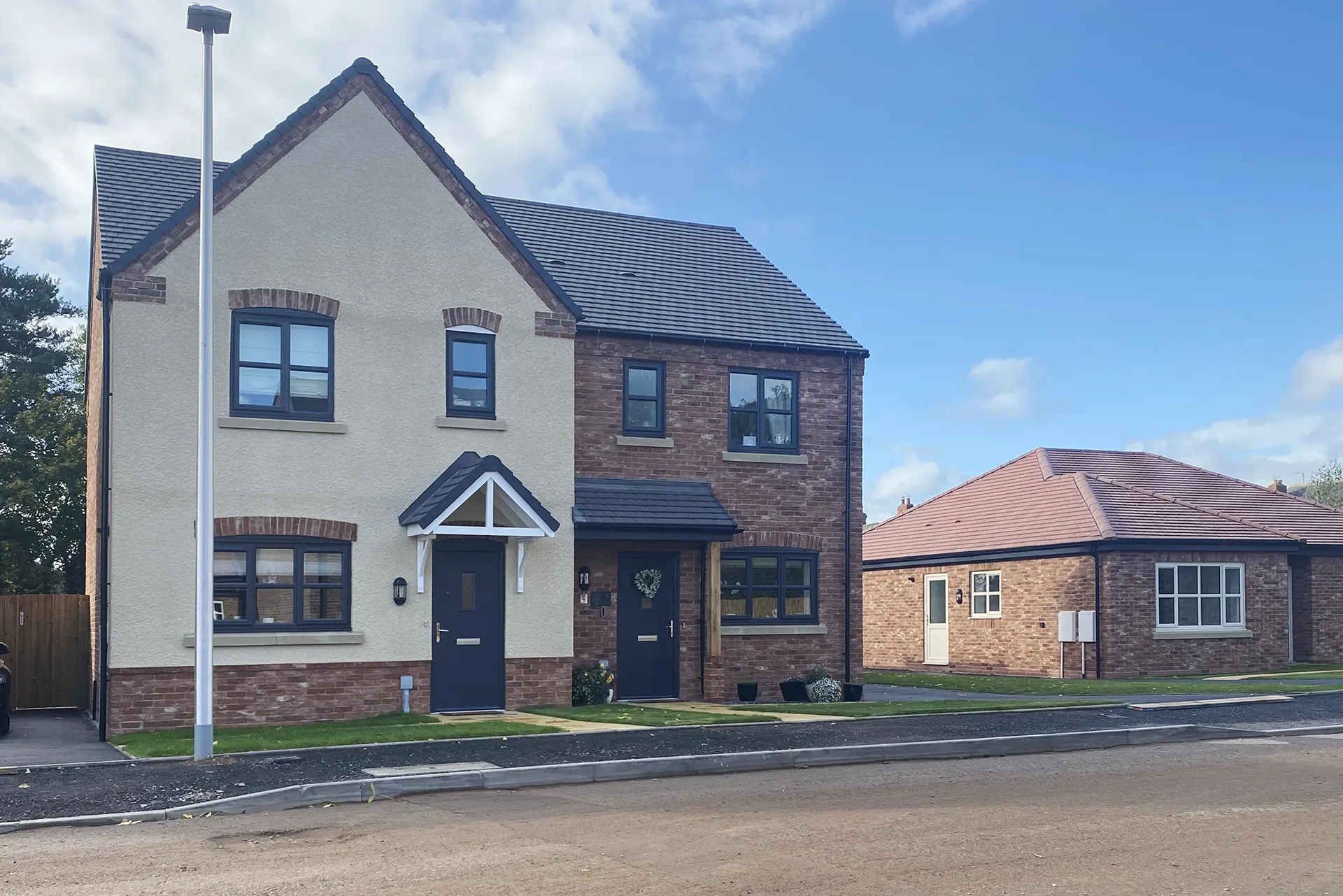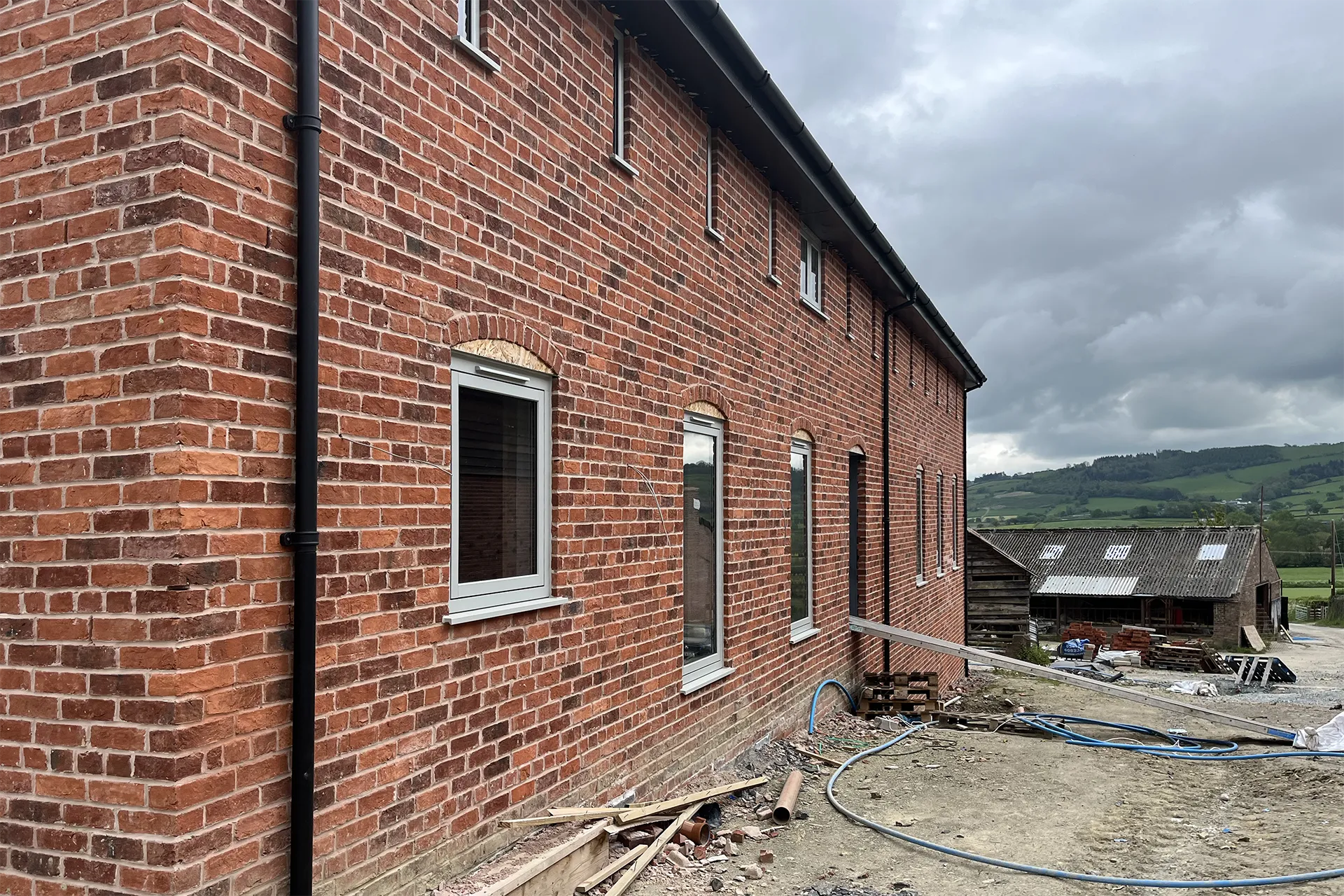Are you wondering whether to choose clay or concrete bricks for your next construction project? Check out our comparison of the two building materials, to help you make a decision.
What’s the difference?
Bricks are small rectangular blocks that are used to form parts of buildings, typically walls. Humankind has been using bricks since the 8th Century BCE. The earliest bricks were formed from hand-moulded mud and dried in the sun. Ancient Egyptians used composite bricks made of clay mixed with straw.
To many people, a brick is no more than a reddish, rectangular block. However, if they look a bit closer, they’ll discover that bricks come in an astonishing variety of textures and colours. That wide spectrum makes for endless design possibilities: traditional to contemporary and every trend in-between.
The world is full of brick constructions. From towering cathedrals to winding cobbled streets, brick whispers across the globe. Its strength has shaped centuries-old castles, while its versatility lends form to modern stadiums and bustling cityscapes. Architects, engineers and builders revere brick for its longevity. Roman arches still stand proudly, testament to its resilience. This simple, adaptable material is a timeless canvas for human imagination, forever shaping the world around us.
Historically, bricks were produced near or on construction sites from local natural materials. In 2021, the average delivery distance of clay bricks was 68 miles*.
Around 90% of bricks manufactured in the UK are made from drying and firing clay. Brick buildings are low maintenance, durable and clay bricks contribute to thermal mass of buildings, keeping them warmer. Up to three times stronger than concrete, clay brick is a building material that has endured architectural trends.
The remaining 10% of bricks manufactured in the UK are made of other materials. And the greatest proportion of these are made of concrete.
Concrete bricks are made from sand and aggregates that are mixed with pigments and cement, and allowed to harden into a dense concrete block. They are grey in colour and produced to finer tolerances than clay bricks. This provides greater accuracy in block sizes. Concrete bricks are excellent noise insulators, making them a popular choice for shared spaces, such as schools, apartment buildings and hotels.
How do they compare?
There are significant differences between clay and concrete bricks, which impact the way designers and constructors work.
In construction
Construction movement joints control the expansion and contraction of materials, and prevent cracking. Concrete brickwork requires movement joints at 6 metres, compared to double that – 12 metres – in clay brickwork. In low-rise construction, using concrete bricks will likely require a movement joint. None would be required for clay.
Generally, you pay more for labour to lay bricks than the materials required for the job. This is especially important when using concrete bricks. Concrete bricks have higher density and lower water absorption than clay bricks. This can limit the number of bricks that may be laid in one day.
Site trials carried out in 2019 showed that concrete bricks are around 30% slower to lay. A 30% slower lay-rate is equivalent to an extra 8 working days for an average house*. Concrete bricks can lead to a higher-than-expected overall cost and longer construction time for your project.
Clay bricks are durable, sustainable, and reusable. The Brick Development Association considers “the vast majority [of clay bricks] will last for at least 150 years“. There are many examples of clay brickwork buildings that have lasted for hundreds years more. The oldest parts of Coggeshall Abbey in Essex date from 1190. It is the earliest known brick building to be constructed after the Romans left England. Clay brick properties retain value, because they weather, and age aesthetically.
In history
Although concrete was invented as early as 6,500 BCE, concrete bricks are a more recent construction material. The Romans were using concrete blocks in their construction by 200BCE. Roman concrete was a mixture of volcanic ash, lime, and seawater. The mixture was packed into wooden moulds, and allowed to harden. It was then stacked, in the same way as bricks.
Concrete masonry has been a popular building material since the 19th century. A material equally loathed and loved, it remains the most commonly used man-made construction material.
Architectural concrete is dynamic and versatile, allowing greater freedom in design. Steel reinforcement in concrete masonry provides increased load resistance and shrinkage cracking. Concrete is strong, durable and economic. It is also noise, fire and insect resistant. Clay bricks normally have a higher insulation value than concrete bricks. Insulated concrete or air entrained concrete bricks and blocks can be used to improve energy efficiency.
Concrete does not always age well: pigments leach from the bricks and reinforcement can cause staining.
In the period after World War II, cities across the UK began rebuilding – with concrete. Coventry was the original 20th century “concrete city.” Like Birmingham, Hull and Portsmouth, it became known for its dull grey concrete constructions. The concrete cities of the UK are investing multimillions of pounds in major makeovers.
* Brick Development Association
Build to last
Whatever your project, you’ll want your building to last. You’ll also want delivery to be fast.
Designed to match distinctive regional brickwork styles throughout the UK, our clay bricks for sale are available for next day nationwide delivery in mainland GB.
Call 0161 641 3579 and speak to us about your project.
